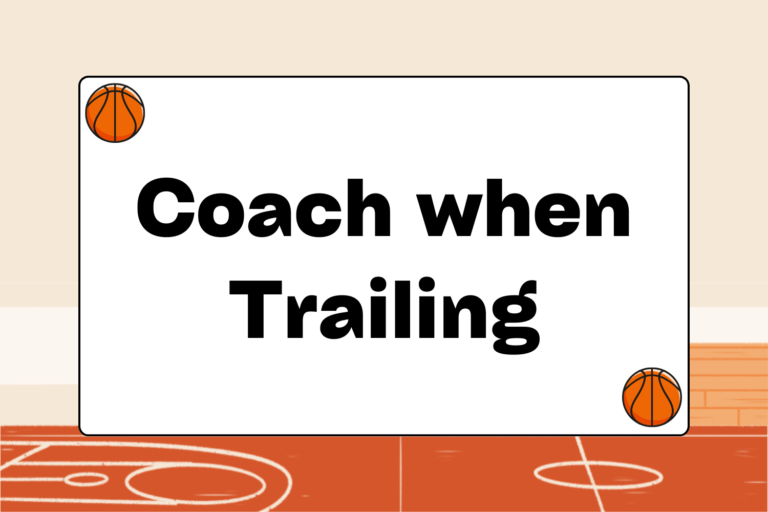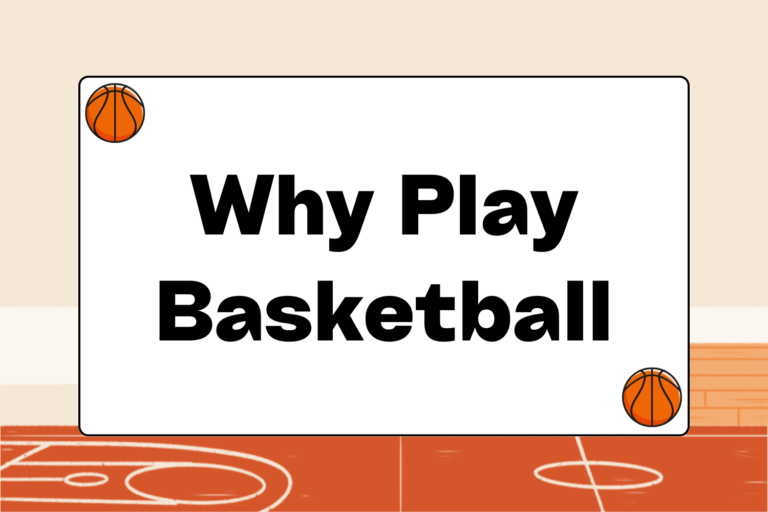In theory, the foul shot should be the easiest point in basketball. Sending an opponent to the free throw line is like giving points away—hence the nickname “charity stripe.” It’s an unguarded shot attempt 15 feet from the basket. It’s just you, the rim, and the ball. All you have to do is put the ball in the hoop. Easy, right? Well … not exactly.
When you’re standing at the line — ball in hand, all eyes in the gym on you with the game on the line — the points seem anything but free. If you find yourself on the free throw line, then you can rest assured that you are doing something right. However, if you can’t capitalize on the opportunity your team is in a rough spot. Here are a few tips to help you sink the foul shots under pressure.
Clear Your Head
It isn’t uncommon to hear a coach yell last minute advice to a player as they head to the foul line: “Keep the elbow in!” However, that advice may be counterproductive. Thinking about or tinkering with your shooting mechanics before attempting a foul shot can actually hurt your chances of making the shot.
The science behind this phenomenon is fascinating. The cerebral cortex is the part of the brain that is most active when one is in the process of learning a new motor skill (like shooting a basketball). At this point in the learning process, the brain is consciously instructing the body: Bend the knees like this, release the ball at this point, etc. As one becomes more adept at a skill, control of that activity shifts from the cerebral cortex to the cerebellum—the part of the brain that is better equipped to orchestrate motor skills.
This transfer is significant because the cerebellum, unlike the cerebral cortex, is not consciously accessible. In other words, the brain knows the sequence needed to shoot the ball without having to break it down step by step; thus, allowing the process to take place faster and smoother. This process is known as muscle memory. An attempt to consciously alter shooting technique immediately before shooting slows the process down; and more often than not, players choke.
Develop a Routine
When you are shooting free throws, it is absolutely vital that you have a routine. Repetition will help to reinforce good shooting habits over time and allows you to clear you head. This will also help trigger the cerebellum to take over.
When you step to the line, you should take the ball the same way, bounce the ball the same number of times, and take the same amount of time to focus before shooting. Then you should shoot the ball with the same form and technique that you always use. Creating this habit comes through constant practice. Great free throw shooters keep practicing even after becoming great. It is not like riding a bike. You will lose it if you don’t use it.
Fun Fact:
Even NBA players have free throw routines. Here are a few examples of some of the more unique charity stripe rituals:
- Jeff Hornacek, an 88% career free throw shooter, would bounce the ball a certain number of times then rub his cheek with his right hand.
- Rip Hamilton dribbles to the side, breathes, dribbles down twice, and then to the side once more before attempting a shot.
- Steve Nash takes a few practice strokes without the ball, licks his fingers, and pulls back his hair before shooting a freebie
Don’t Just Practice, Practice Perfectly
Anytime you practice a skill you are doing one of two things: You’re either getting better or you’re getting worse. The reason for this is simple, repetition creates habit. Shooting hundreds of free throws each day won’t guarantee a significant spike in your free throw percentage. Mastering a skill requires repetition, but quantity is only half of the equation.
When you practice your foul shots, do your best to execute picture-perfect form. Practice is the best time to make adjustments to your technique, not during the game.
Get in the Game
The single biggest difference between shooting free throws during practice and during a game is pressure. The practice environment is comfortable: There aren’t any time restrictions, no one is watching you, and a win isn’t on the line. But, come game time, pressure is mounting. The action is stopped and all eyes in the gym are focused on you. Shooting a free throw can be a nerve-wracking experience, especially if you are not prepared for the pressure.
The good news is that functioning well under pressure is a skill. That means you can improve your performance through hard work and practice. Here are a few tips to help you simulate high-tension scenarios:
Put something on the line:
Create situations in which there are consequences for missing your shot. Knowing there is something on the line will generate pressure. There are a few different ways to do this. Some of the more popular methods include requiring sprints or other forms of physical exertion.
Practice realistic repetitions:
The ability to make ten in a row is helpful but it is also an unrealistic measure of your game ability. It’s acceptable to shoot multiple free throws in a row if you are still perfecting your technique, but to prepare for the game you need to shoot one at a time. Allow at least ten seconds in between shots to simulate game conditions.
Distract yourself:
Sinking shot after shot in a quiet gym is great, but that won’t prepare you to do it in front of a hostile crowd in a noisy gym. So instead of dreading the situation, prepare for it. Practice your free throws with lots of distractions around—crowd noise, trash talk, music, spectators walking by, whatever you can think of—and you’ll never be caught off guard when game time rolls around.
And the Crowd Goes Wild
There are few feelings on the basketball court more satisfying than making the opponent pay by sinking your free throws. Follow the tips above and you’ll be no stranger to that feeling.





